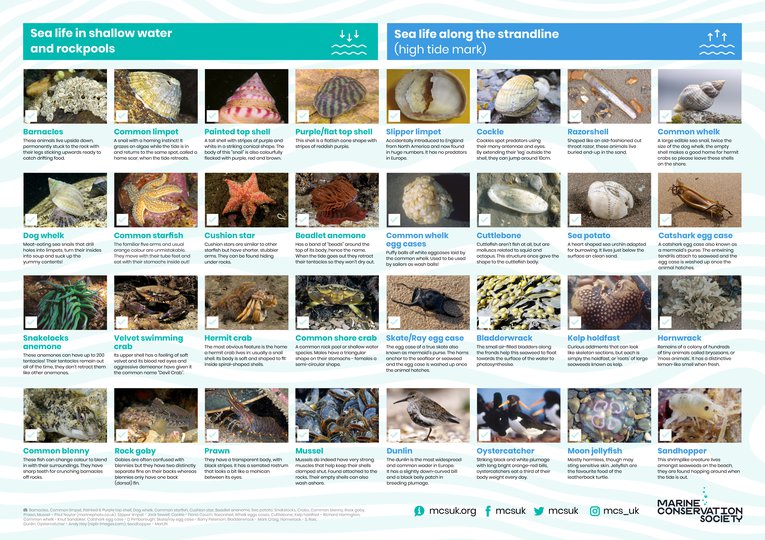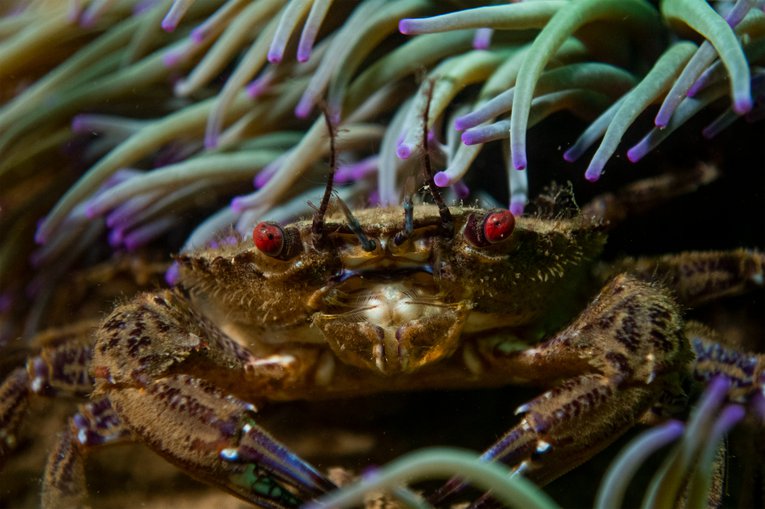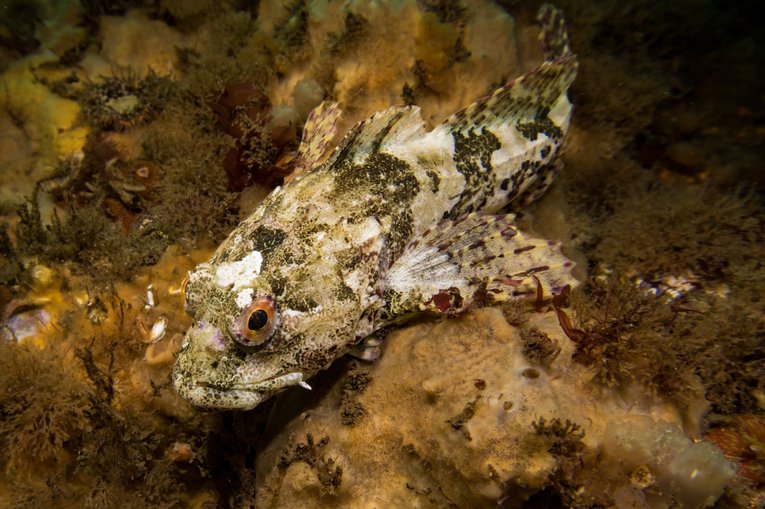
Rockpooling guide
Peer closely into a low-tide pool and the secrets of the sea will be revealed. All around the UK coast, rock pools offer a fascinating insight into life beneath the waves. Ocean ambassador Inka Cresswell and marine expert Dr Ben Holt share some rock pooling tips on how to get started and the creatures you might find.
Meet the experts
Introduction to rock pooling
Join our presenters Inka Cresswell and Dr Ben Holt as they go rock pooling on the Falmouth coast. Discover what shoes to wear and how to pick up a crab.
Safety tips and rock pooling essentials
Find out the best time to go rock pooling and learn about the tides. Inka and Ben also have lots of good advice on how to stay safe and what to take with you.
Rock pooling with kids
Meet Sophie, Pat, Isla and Ellie as they find some fascinating sea creatures and learn how to identify them.
Keep exploring more rock pools
Explore your local rock pools and get involved with the Rock Pool Project. Help us to protect marine animals by picking up plastic and caring for our coasts.
A map showing rock pooling sites throughout the UK can be found here. Thanks to the Capturing Our Coast project for supplying this data.
Top tips
- Plan your visit for low tide when more rock pools will be exposed
- Dress appropriately - be prepared for the British weather and remember rocks can be slippery and sharp so thick-soled footwear with good grips is recommended
- Look for low-down pools close to the sea, which stay full of water for longest
- Creep up on a rock pool quietly so you don't scare off the wildlife; try not cast a shadow over the water or you might be mistaken for a predator
- Sit or crouch as still as you can and observe carefully what you can see both in the pool and on the surrounding rocks
- Gently lower your bucket into the water, then study it closely to see what organisms are in it; a magnifying glass might help
- Carefully turn over stones to see if there are creatures hiding underneath
- Look your creatures up on an ID guide and record your findings in a notebook
- Be careful not to harm any creatures or keep them out of the water for too long
Rock pool inhabitants you might find
Here are some of the most common creatures found around UK shores. Keep your eyes peeled for these fascinating species.









